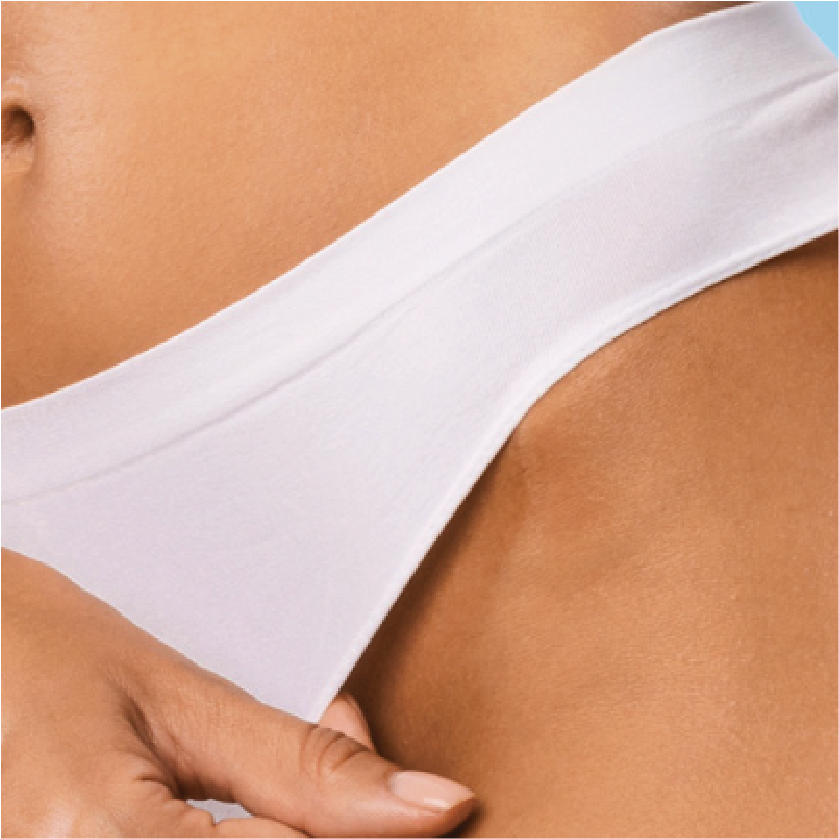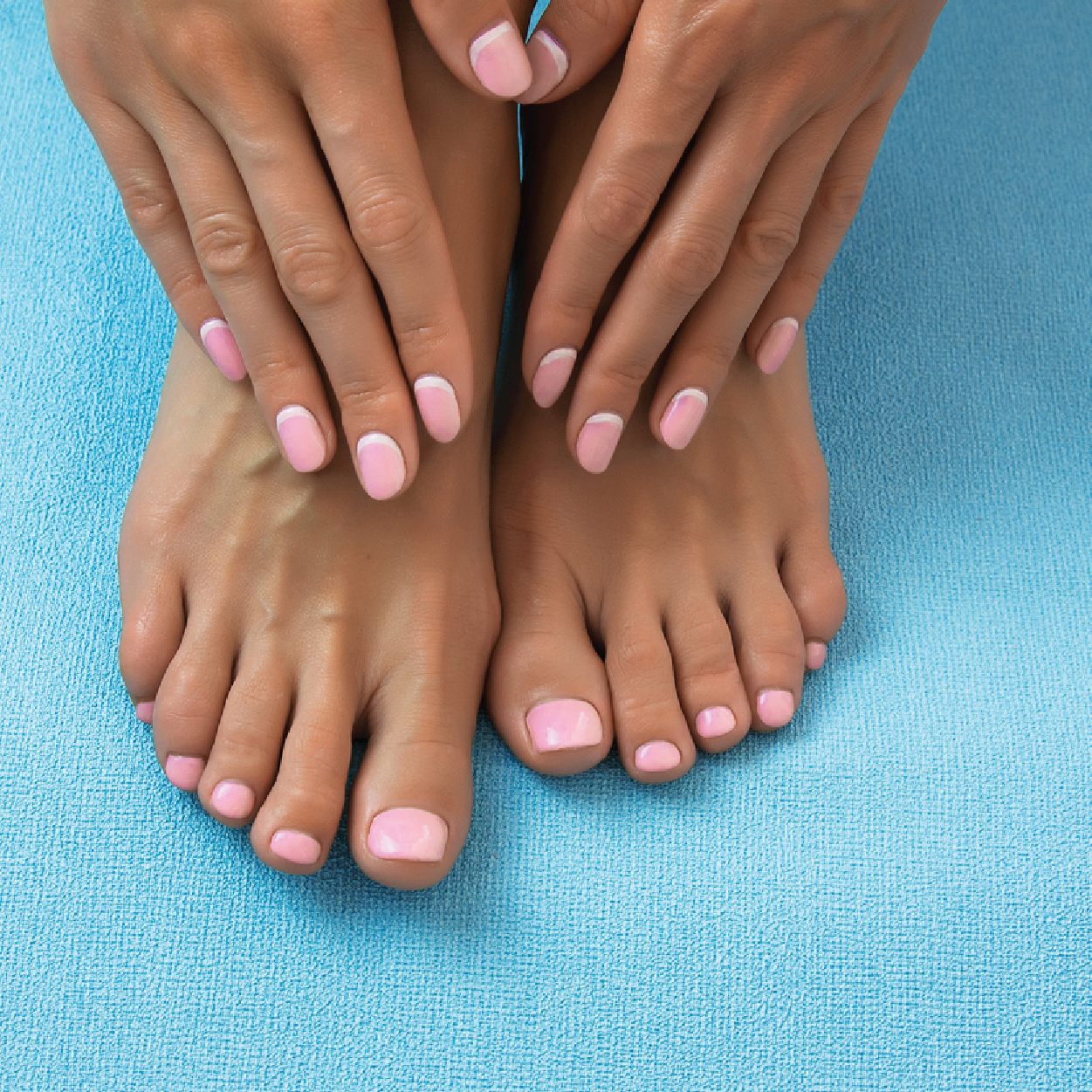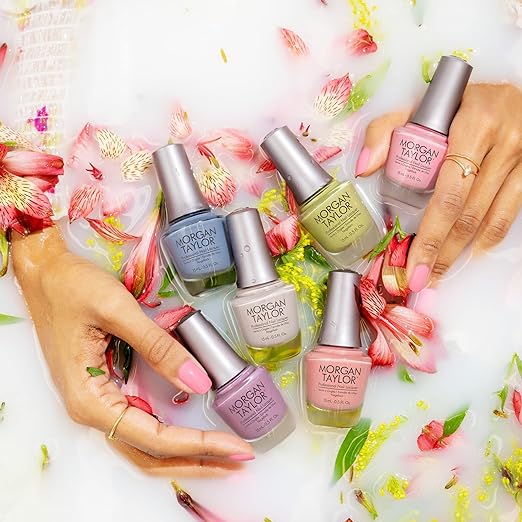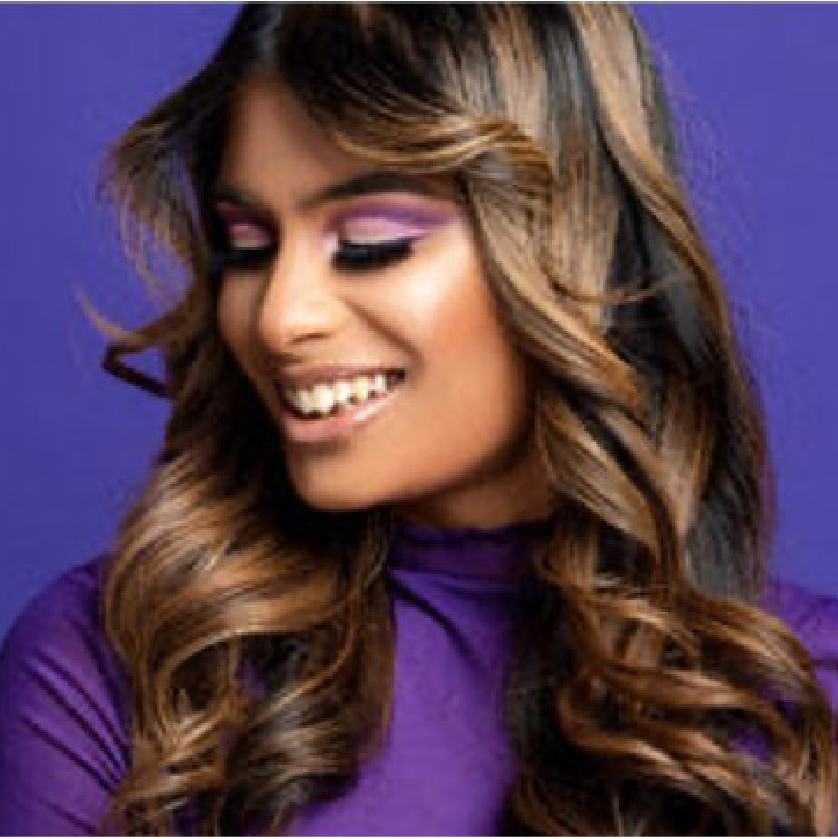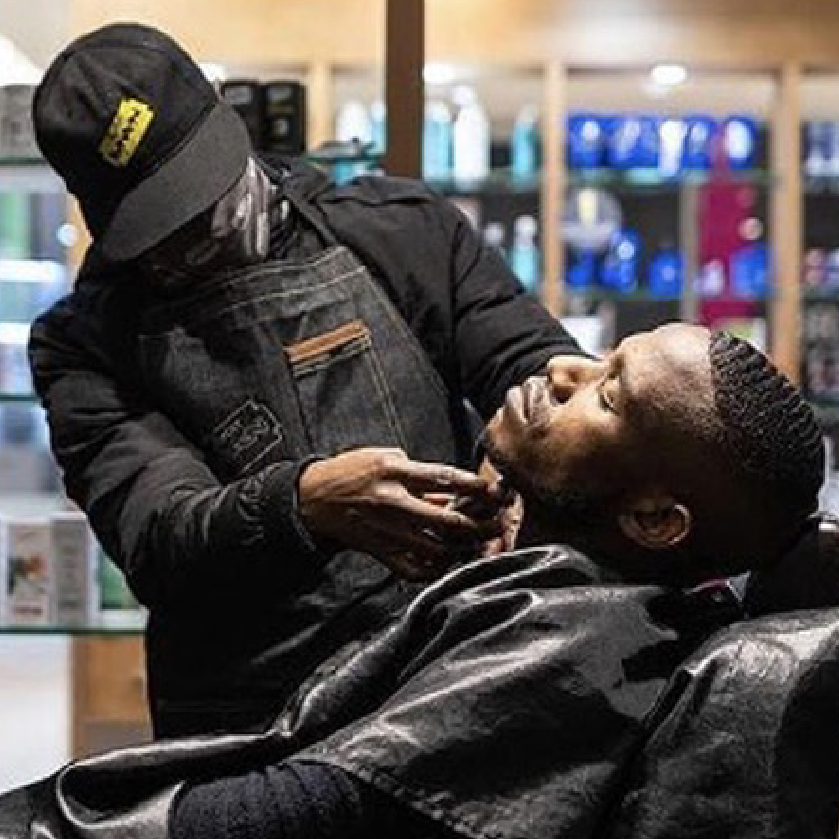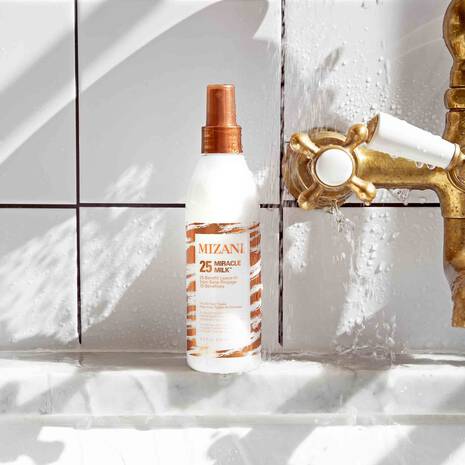[vc_row][vc_column][vc_column_text]
5 STEP BREAST SELF-EXAMINATION
STEP 1
Examine Your Breasts in a Mirror With Hands on Hips
Begin by looking at your breasts in the mirror with your shoulders straight and your arms on your hips.
Here’s what you should look for:
- Breasts that are their usual size, shape, and color
- Breasts that are evenly shaped without visible distortion or swelling
If you see any of the following changes, bring them to your doctor’s attention:
- Dimpling, puckering, or bulging of the skin
- A nipple that has changed position or an inverted nipple (pushed inward instead of sticking out) Redness, soreness, rash, or swelling
STEP 2
Raise Arms and Examine Your Breasts
Now, raise your arms and look for the same changes.
STEP 3
Look for Signs of Breast Fluid
While you’re at the mirror, look for any signs of fluid coming out of one or both nipples (this could be a watery, milky, or yellow fluid or blood).
STEP 4
Feel for Breast Lumps While Lying Down
Next, check for breast lumps or abnormalities by feeling your breasts while lying down, using your right hand to feel your left breast, and then your left hand to feel your right breast. Use a firm, smooth touch with the first few finger pads of your hand, keeping the fingers flat and together. Press down with your fingers and move them in a circular motion that’s about the size of a quarter (or an inch around).
Cover the entire breast from top to bottom, side to side — from your collarbone to the top of your abdomen, and from your armpit to your cleavage.
Follow a pattern to be sure that you cover the whole breast. You can begin at the nipple, moving in larger and larger circles until you reach the outer edge of the breast. You can also move your fingers up and down vertically, in rows, as if you were mowing a lawn. This up-and-down approach seems to work best for most women. Be sure to feel all the tissue from the front to the back of your breasts: for the skin and tissue just beneath, use light pressure; use medium pressure for tissue in the middle of your breasts; use firm pressure for the deep tissue in the back. When you’ve reached the deep tissue, you should be able to feel down to your ribcage.
STEP 5
Feel Your Breasts for Lumps While Standing or Sitting
Finally, feel your breasts while you are standing or sitting. Many women find that the easiest way to feel their breasts is when their skin is wet and slippery, so they like to do this step in the shower. Cover your entire breast, using the same hand movements described in step 4.
WHAT TO DO IF YOU FIND A BREAST LUMP
Don’t panic if you think you feel a lump in your breast. Most women have some lumps or lumpy areas in their breasts all the time, and most breast lumps turn out to be benign (not cancer). There are a number of possible causes of non-cancerous breast lumps, including normal hormonal changes, a benign breast condition, or an injury.
Don’t hesitate to call your doctor if you’ve noticed a lump or other breast change that is new and worrisome. This is especially true for changes that last more than one full menstrual cycle or seem to get bigger or more prominent in some way. If you menstruate, you may want to wait until after your period to see if the lump or other breast change disappears on its own before calling your doctor. The best healthcare provider to call is the one who knows you and has done a breast exam on you before — for example, your gynaecologist, your primary care doctor, or a nurse practitioner who works with your gynaecologist or primary care doctor.
Know what to expect. At an appointment to evaluate a breast lump, your doctor takes a health history and does a physical exam of the breast, and most likely orders breast imaging tests. Ultrasound is often the first or only imaging test used to evaluate a lump in women who are younger than 30 or are pregnant or breastfeeding. Both an ultrasound and a mammogram are typically recommended to evaluate a lump in women who are older than 30 and not pregnant or breastfeeding. If further testing is needed, your doctor may recommend additional imaging with MRI, MBI (molecular breast imaging), a biopsy, or any combination of these tests. Your doctor may also refer you to a breast specialist (typically, a breast surgeon) for further evaluation.
Make sure you get answers. It’s important that your doctor explains what is causing the lump or other breast changes and, if necessary, develops a plan for monitoring it or treating it. If you’re not comfortable with your doctor’s advice, don’t hesitate to get a second opinion.
[/vc_column_text][/vc_column][/vc_row]


